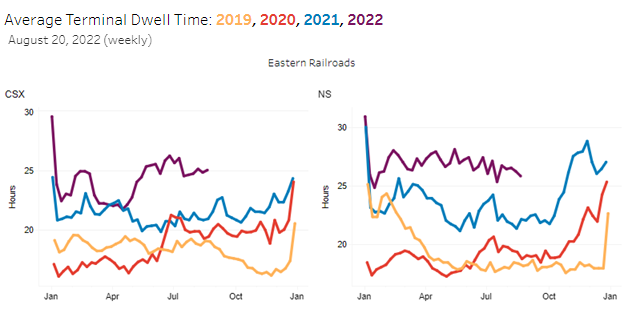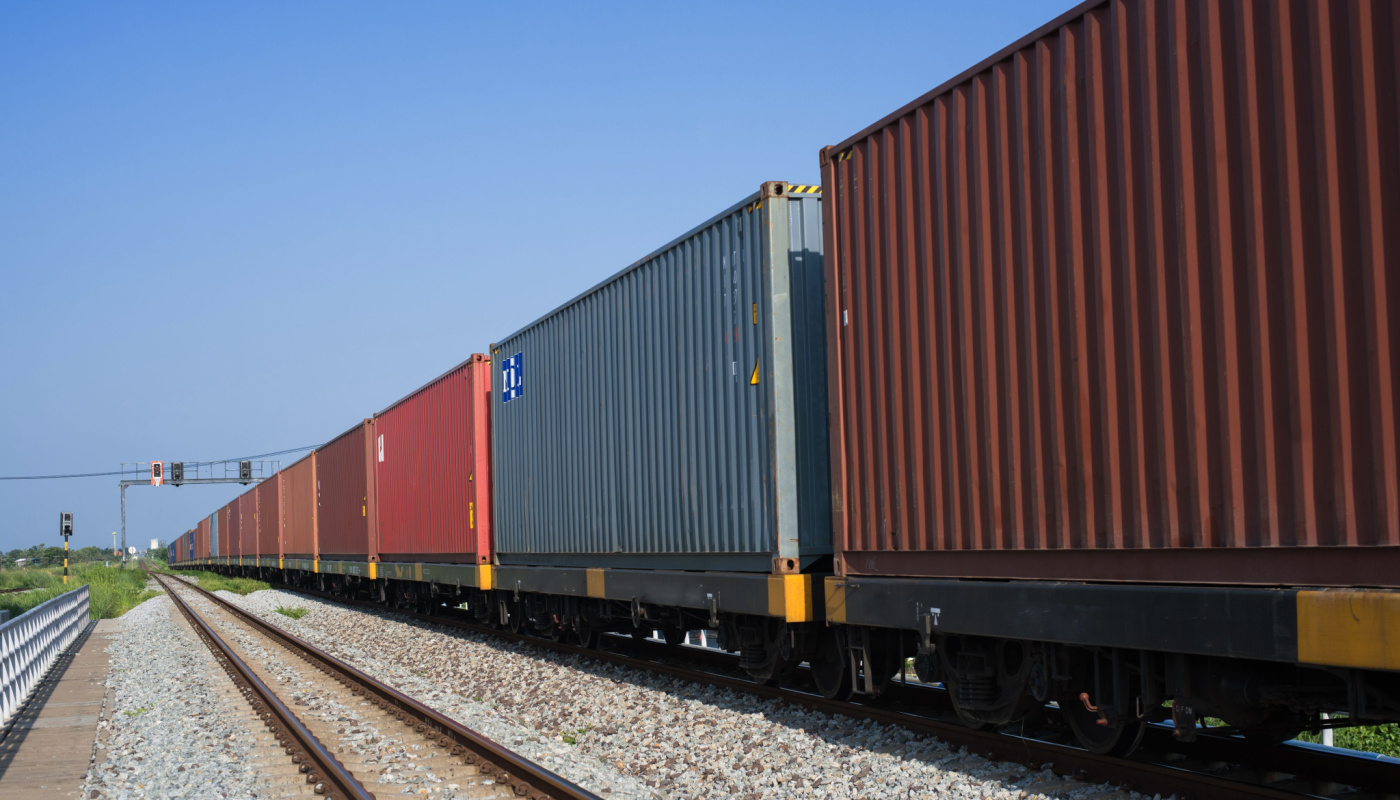One important indicator of supply chain conditions is the Manufacturing Supplier Deliveries Index produced by the Institute for Supply Management This index is calculated using the responses from a monthly survey sent out to manufacturers across the United States. The survey’s question about supplier deliveries asks whether they are arriving faster, slower, or unchanged compared to the prior month.
The results from the questionnaire let firms know if the specific change they are experiencing in their own supply chain performance is an isolated event or part of a broader trend. Readings below 50 suggest faster or quickening delivery performance while readings above 50 indicate lengthening delivery times. Sustained readings that are well above or below 50 indicate that significant and enduring events are broadly affecting supply chains.
Sustained readings that are well above or below 50 indicate that significant and enduring events are broadly affecting supply chains. In the nearly 10-year period after the Great Recession and prior to COVID, the Index averaged 54.4.
In recent months the supplier delivery reading has fallen to within 1 point of that 10-year average, signaling that a growing proportion of surveyed respondents are experiencing either no change in their delivery performance or even quickening performance. This is welcomed news for building product manufacturers along with the greater manufacturing community. Quickening supply chains in this COVID-19-era economy mean that less cash is tied up in goods in transit and work-in-progress.
National Readings Mask Local and Regional Problems
Despite the recent improvement in broad measures of supply chain performance, specific supply chain problems continue to frustrate those who are dependent on goods moving through specific areas and regions. This can be observed through the U.S. Bureau of Transportation Statistics data on weekly average terminal dwell times for railroads. This metric monitors the average amount of time a loaded or empty railcar spends in a terminal awaiting movement toward its destination.
As of August 20, 2022, average year-to-date terminal dwell times have typically exceeded both 2020 and 2021 levels for most Class 1 western and central railroads, yet below 2019 pre-pandemic wait times. Unfortunately, year-to-date East Coast performance has been more problematic with the two largest East Coast railroads recording a third consecutive year of increasing dwell times.
Their latest dwell times are up substantially with Norfolk Southern and CSX as of mid-August reporting 17% and 19% greater dwell times compared to 2021. Those change readings rise further to 35% and 29% when compared to 2020.

Image Source: U.S. Bureau of Transportation Statistics, https://www.bts.gov/freight-indicators#rail-dwell, September 1, 2022.
Despite the variance in regional terminal dwell times, the true challenges facing the rail network are best understood at the individual terminal level. While many East Coast terminals are reporting their longest dwell times in at least three years, network problems can be found everywhere.
The latest dwell time reported at BNSF’s West Coast terminal in Barstow, California at 39.5 hours exceeds even the most delayed East Coast terminal, CSX’s Louisville, Kentucky terminal, by nearly two hours. Only Norfolk Southern’s Macon, Georgia terminal is more congested at 40.2 hours. Such variable performance at the individual terminal level illustrates the importance of knowing the intricacies of your company’s supply chain down to the individual rail or truck terminal.
Actionable Insights
When it is within your company’s ability, selecting routes and terminals which are less congested can help move products more predicably; however, this is only possible if you know where the bottlenecks exist. This can be done by monitoring data from the Bureau of Transportation Statistics along with the close coordination of your shipping team and/or third-party logistics providers.
Knowing what is happening along the routes your products and inputs depend upon will help maximize the efficient operations of your company and proactively manage customer expectations. Even when it is not possible to control the routes used to ship your inputs and outgoing products, knowing which of your critical routes have greater congestion risks gives you a greater awareness of where to expect operational challenges.
